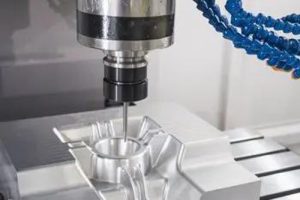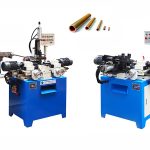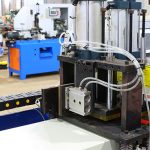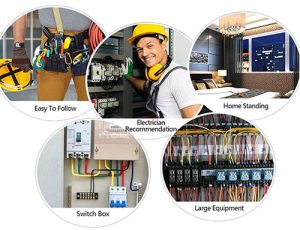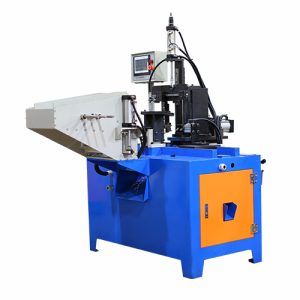I’ve worked with dozens of CNC machines over the years, and the servo motor is always the part I count on most. When it works, everything runs smooth.
Servo motors receive signals from controllers and adjust motor shaft position using feedback systems. This allows machines to move accurately and stop exactly where needed.


